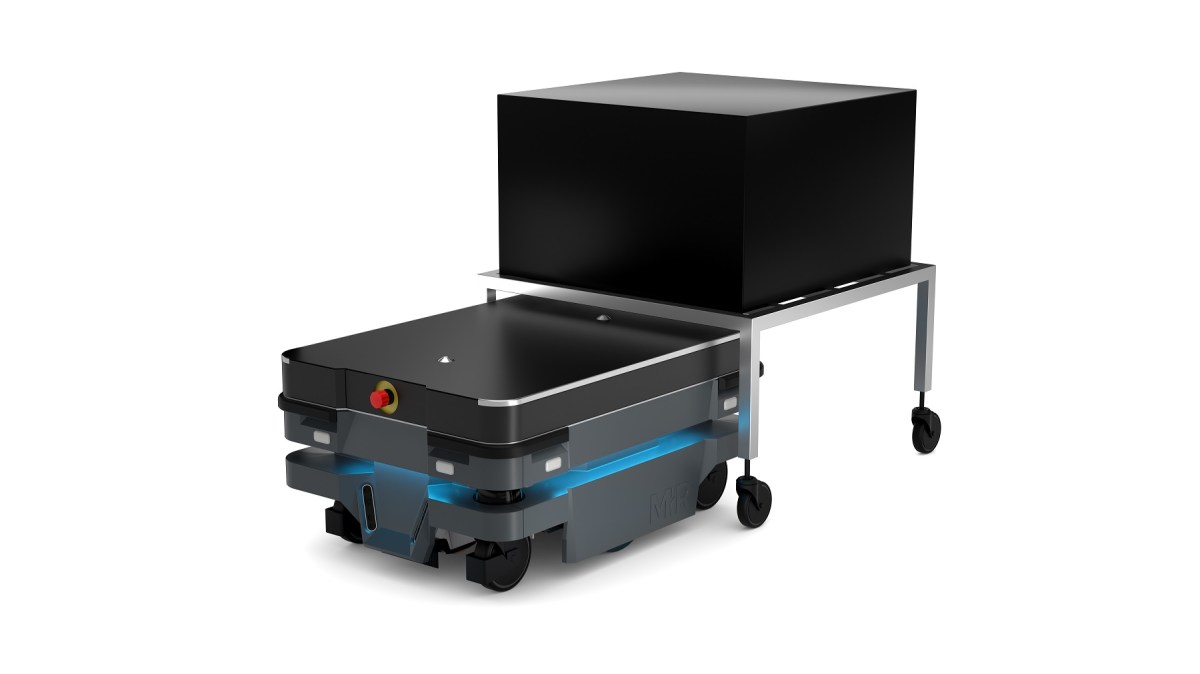Konica Minolta Australia has confirmed that the MiR250 is now available through its partner Mobile Industrial Robots (MiR), a leading manufacturer of collaborative mobile robots that increase efficiency and drive productivity.
The MiR250 is a more flexible AMR that can work around the clock and is simple to setup. With a smaller footprint and increased adaptability, it can help optimise internal logistics without changing layout in industries such as manufacturing, FMCG, and defence. It has a footprint of 580x800mm and is only 30cm high, and can move up to 250 kilograms at speeds of two metres per second.
Konica Minolta national manager of robotics and innovation, Martin Keetels said the MiR250 eliminates risk around forklift operations and is one of the safest autonomous mobile robots on the market designed according to current applicable safety standards.
“The latest scanning technology with a 360-degree view means there are no blind spots so it can navigate safely around other objects and humans,” he said.
The MiR250 has a fast charge of 0-80% in one hour with an operating time of 13 hours at full charge. It also has the ability for a fast battery swap to support 24/7 operation for uninterrupted production flow. Top modules can also be mounted on the MiR250 for a complete solution to tow carts and shelves and lift and transport shelves.
The MiR250 signals with light and sounds to demonstrate its status. The LED light band indicates its current operational state such as emergency stop, mission paused, path blocked, or mapping.
The MiR250 also has signal lights that work similarly to lights used on cars; white at the front, red at the back, and indicating a left or right turn by blinking. Signal lights suggest the immediate motion plans by signaling forwards, backwards, braking, and left and right turns.
“Konica Minolta is excited to bring innovation to highly dynamic manufacturing and logistics environments by safely and cost-effectively automating the movement of materials. Humans move thousands of carts manually around the factory floor, a highly repetitive and time-consuming task. This solution frees up workers for other critical tasks and significantly improves safety,” Keetels said.

